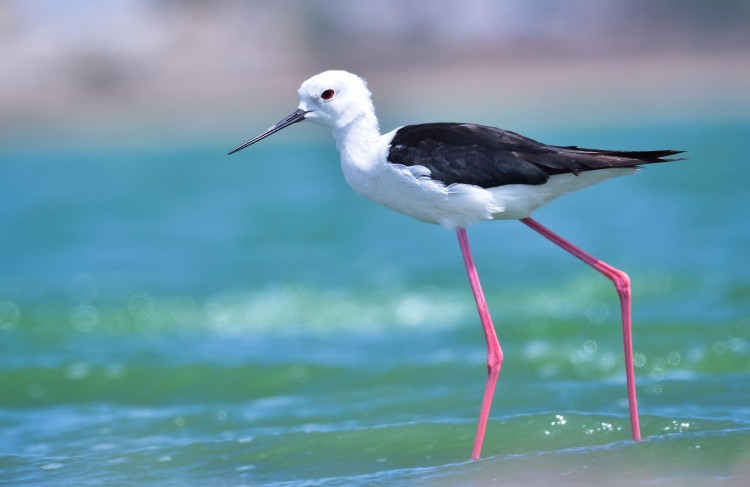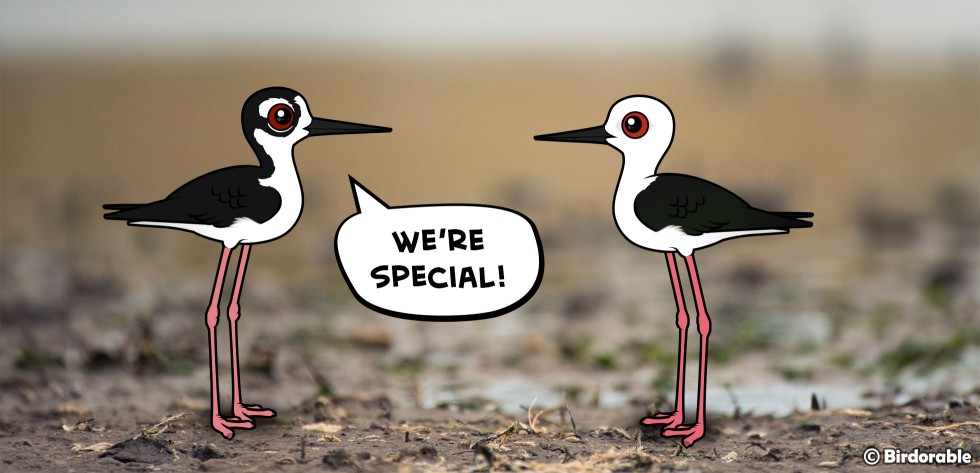Singled-out Stilts
The Black-winged Stilt is a striking wading bird known for its exceptionally long legs and contrasting black-and-white plumage. These birds belong to the genus Himantopus and are often seen in shallow waters, such as marshes, estuaries, and ponds. Their long, thin legs allow them to wade into deeper waters than many other shorebirds, making them highly adaptable in their search for food.
The Black-winged Stilt's diet primarily consists of small invertebrates, which they pick off the surface of the water or mud with their long, slender bills. Their elegant, slow, and deliberate movements make them a captivating sight for birdwatchers and nature enthusiasts.
A fascinating aspect of the Black-winged Stilt is its close relationship with other stilt species, particularly the Black-necked Stilt. Along with five other stilt species, they form a complex group within the genus Himantopus. This group includes the Black-necked Stilt, White-backed Stilt, White-headed Stilt, Pied Stilt, and the Common Stilt. The similarities among these species are so pronounced that scientists continue to debate their classification.

One key question in ornithology is whether these birds should be classified as separate species or subspecies of a single species, the Common Stilt. Some experts argue that the physical and behavioral differences between the species are significant enough to warrant separate classifications. Others believe that these differences are minor variations within a single, highly variable species.
Despite these scientific uncertainties, the Black-winged Stilt and the Black-necked Stilt are treated as distinct species in many birding circles. For now, the Black-winged Stilt and the Black-necked Stilt will remain separated here at Birdorable.






Comments
Leave a comment
Thank you!